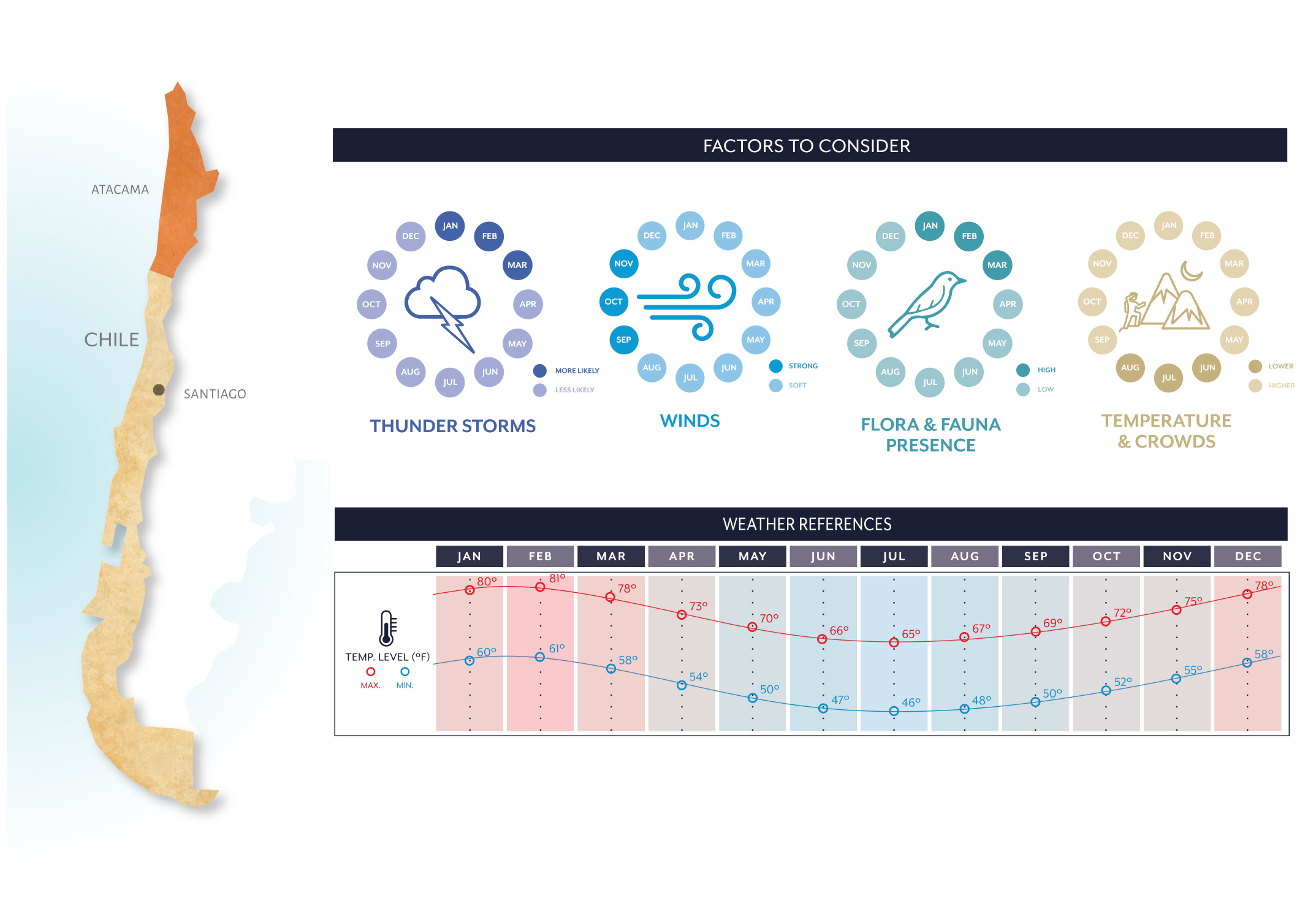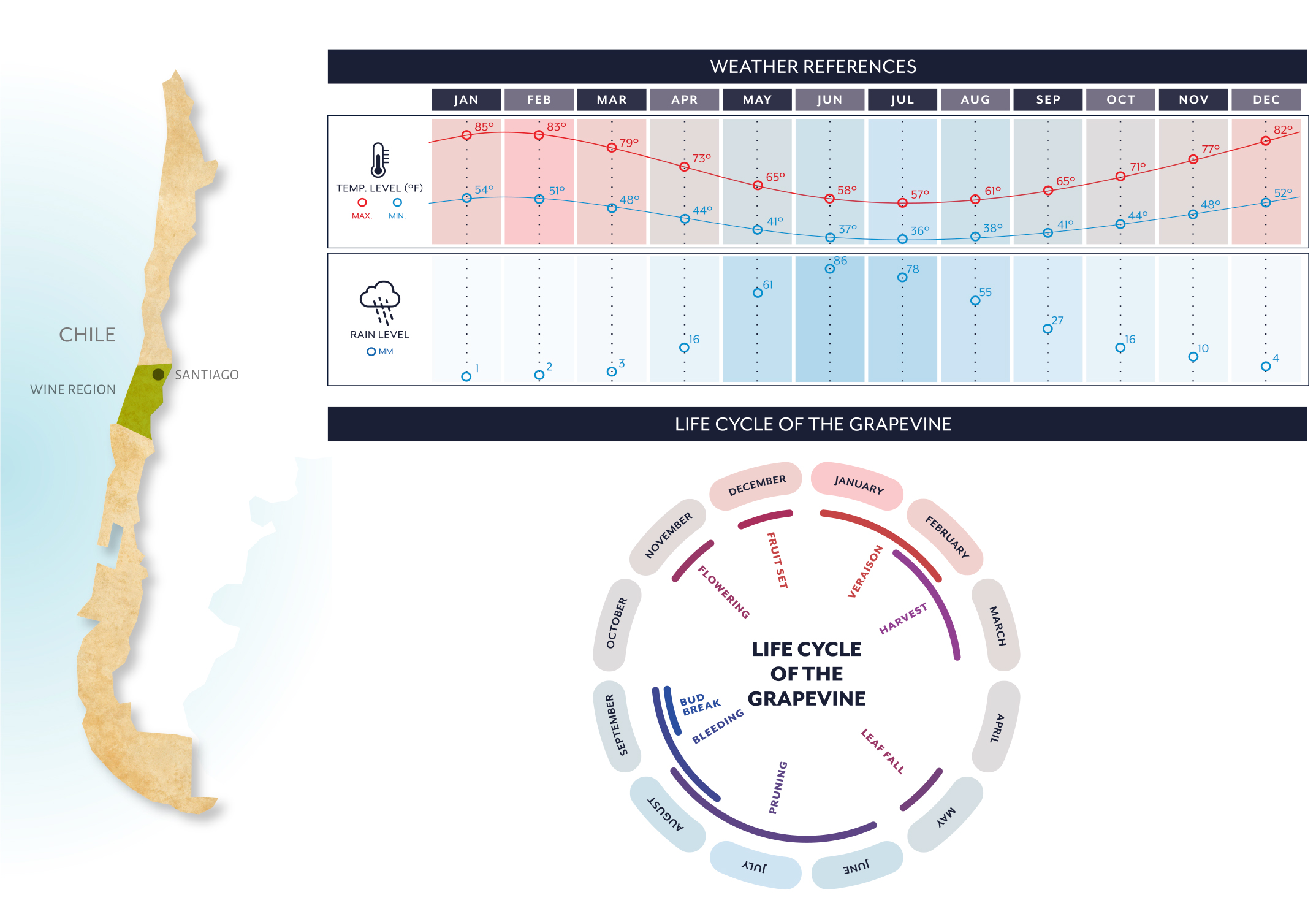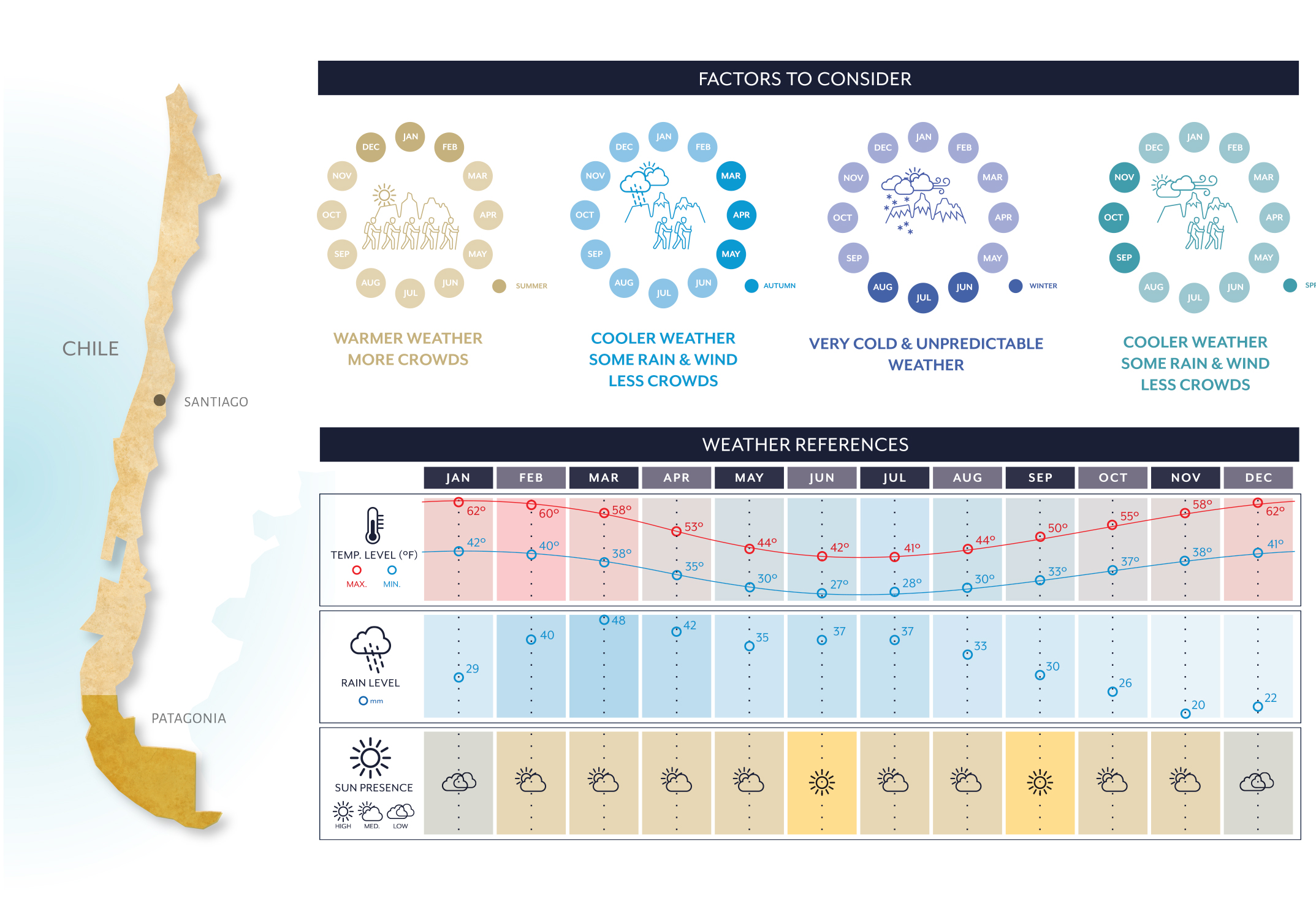The Southern end of the World
Chile
Travel down the longest country in the world
Discover the wonders of Chile, the tricontinental country
Chile is the longest country in the world, and its territory spans three continents. In South America, it extends from the Atacama desert in the north to the Patagonian fjords of the south. Then, there are the Chilean Antarctic Territory and Easter Island (Rapa Nui), which is geographically located in Oceania but a Chilean territory.
Chile is long and narrow, like a snake. Its arid landscapes of the northern Atacama desert contrast with those of the green central valleys and the southern Patagonia region, but all are equally breathtaking.
The Andes run along the east, like a giant wall that brings cool air to the fertile valleys near Santiago, Chile’s capital. To the west, at a short distance from the mountains, is the Pacific Ocean with its cold Humboldt current, which originates in Antarctic waters and provides food for thousands of species along the coast of South America, making it one of the richest marine ecosystems in the world.
About 2,000 volcanoes exist in Chile, 60 of which are potentially active. One of the most famous is Ojos del Salado, the highest in the world and the second-highest summit in the Andes. People who live at the foot of Chilean volcanoes face the risk of potential eruptions but also benefit from the fertility that volcanic minerals –carried by rivers from the Andes through the valleys – bring to the land. This country is one of the largest exporters of cherries, grapes, blueberries, apples, walnuts, and avocados.
Thousands of miles away, surrounded by the Pacific Ocean, is Easter Island, a Chilean territory located in Polynesia. Its native name is Rapa Nui, after the people who inhabit the island and whose ancestors carved the island’s famous and mystical giant sculptures called moai. Some moai are perfectly aligned in the direction of the southern equinoxes of spring and autumn, demonstrating their creators’ astronomical knowledge.
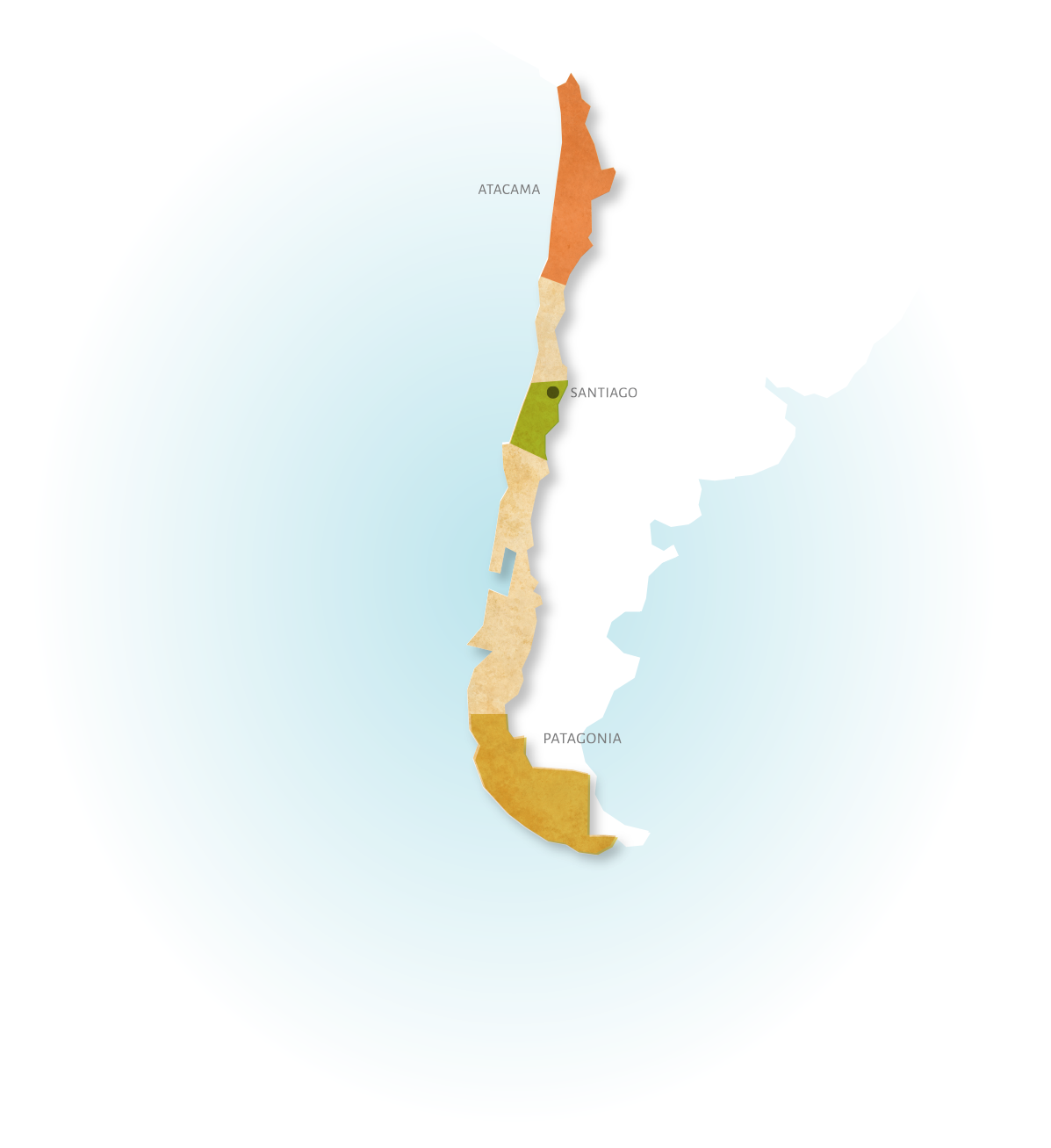
Atacama Desert: astronomy capital of the world
The Atacama desert – the driest in the world – is a kaleidoscope of reddish sands, blue lagoons, oases, salt flats, and even flowers that bloom despite its arid climate. Flamingos, vicuñas, guanacos, foxes, rodents and reptiles have impressively adapted to a place with more similarities to Mars than Earth.
This desert’s elevation (2,408 meters) and its nocturnal darkness (away from city lights) make it a great destination for stargazing. In fact, 70% of the world’s telescopes are in Chile. The Atacama Large Millimeter Array (ALMA) is the most ambitious astronomical project in the world.
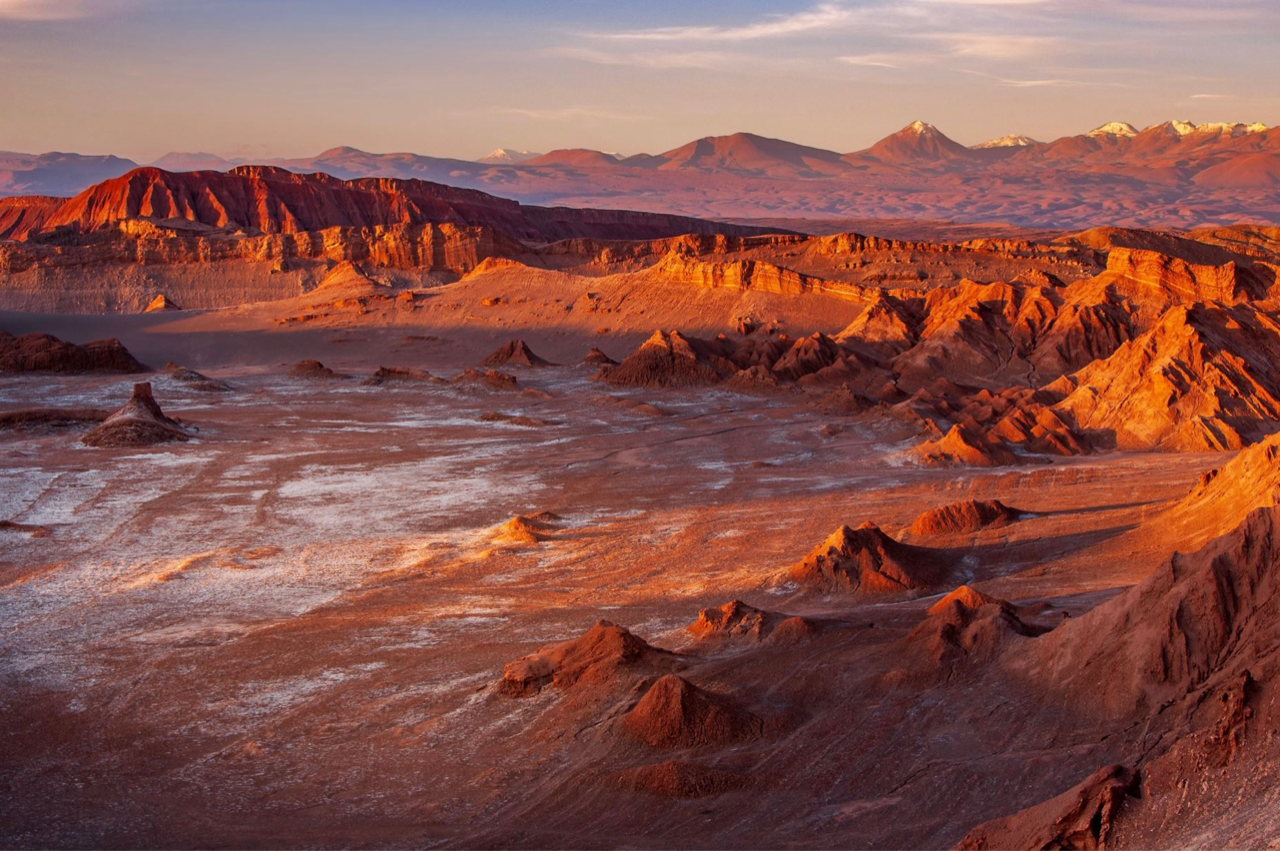
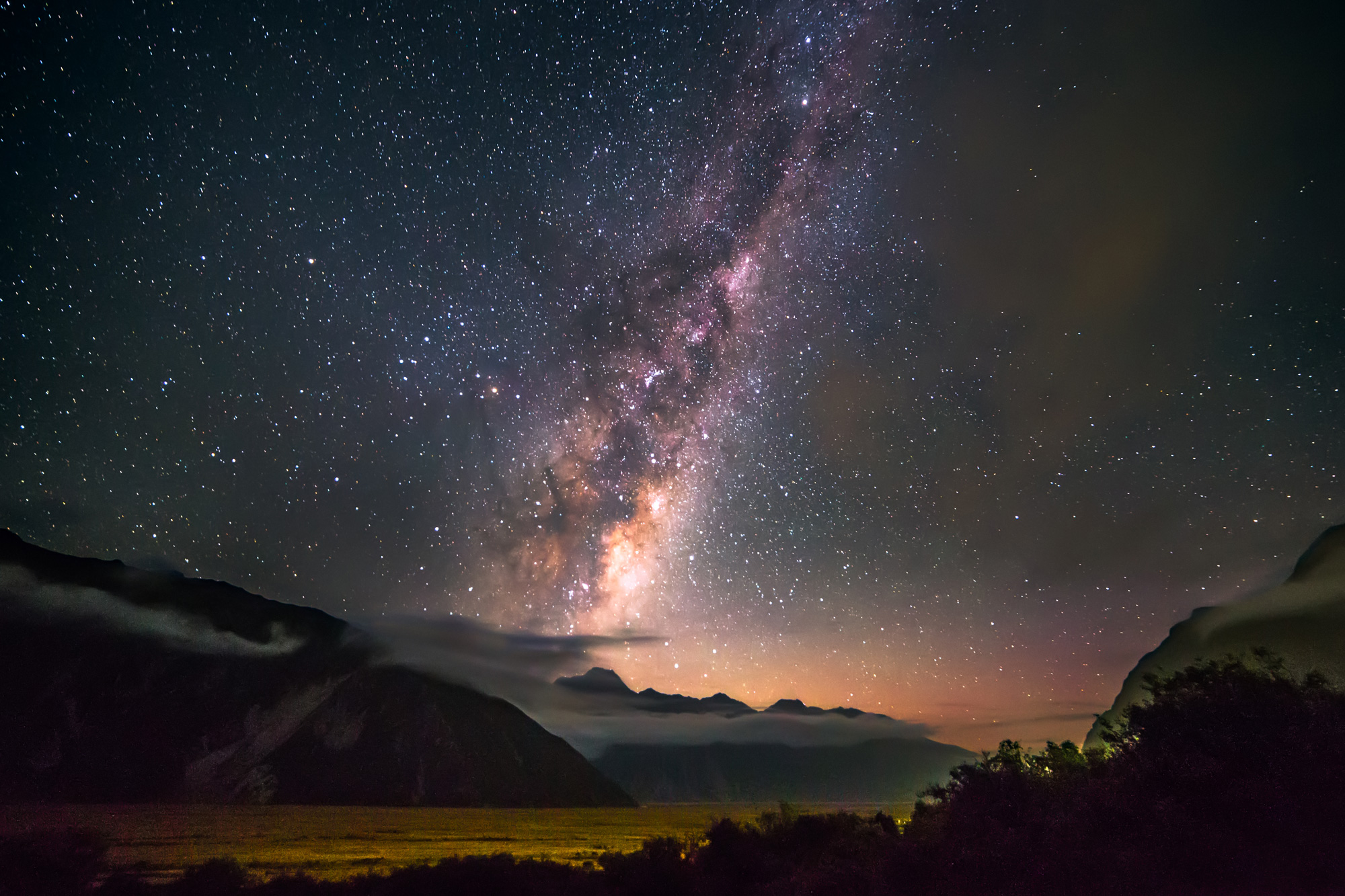
Santiago and central Chile: a wine lover's destination
Chile is the largest Latin American producer of wine and the ninth worldwide. The first vines were brought from Perú and planted in the central valleys of Chile, where the seeds took to the fertile soils, and the region’s Mediterranean climate gave life to all the grape varieties we know today. Wine lovers come from all over the world to visit the vineyards near Santiago.
Central Chile is also home to many national parks and natural reserves, such as Río Clarillo, La Campana, Radal Siete Tazas, and Laguna del Laja, where visitors enjoy an interesting mixture of Andean and Pacific Ocean views.

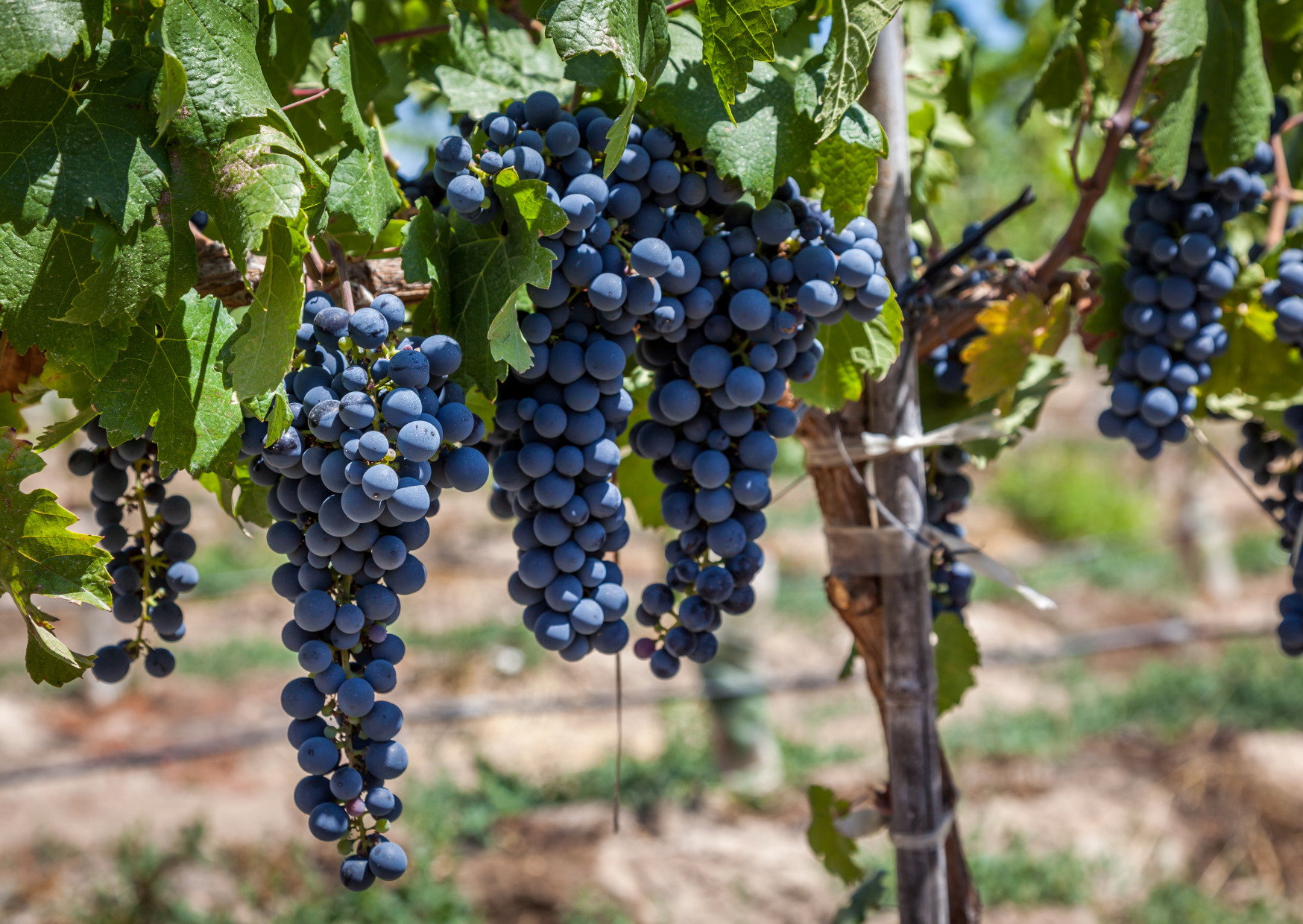
Patagonia: the breathtaking views of the south
Patagonia is the region at the southernmost tip of South America, shared by Chile and Argentina. Chile’s side of Patagonia is characterized by its glacial fjords, temperate rainforest, bright blue lagoons, rocky mountains and golden pampas (grasslands).
Guanacos, elk, pumas, deer, woodpeckers, owls and Darwin’s rhea are commonly seen roaming these lands. Snow-capped mountains attract adventurers who seek to reach their peaks, and at their feet settle picturesque towns with European influence.
Patagonia has countless hiking trails with magnificent views. A popular spot is Torres del Paine National Park, characterized by its three granite towers, which were carved by glaciers, and its horn-shaped peaks, called Cuernos del Paine.
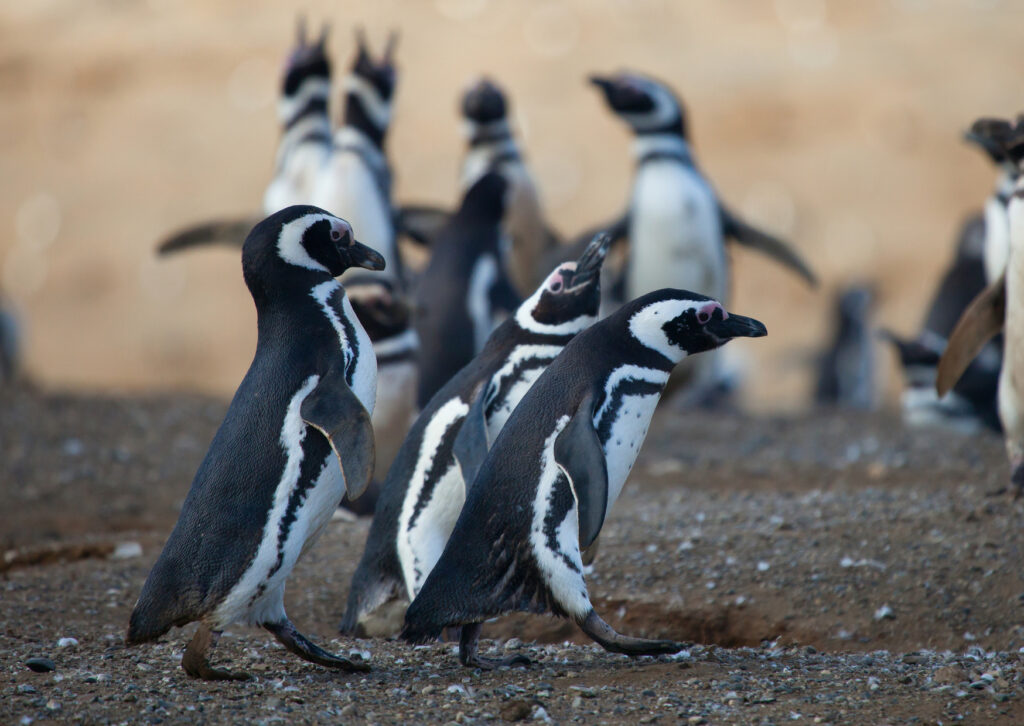
South Expeditions


